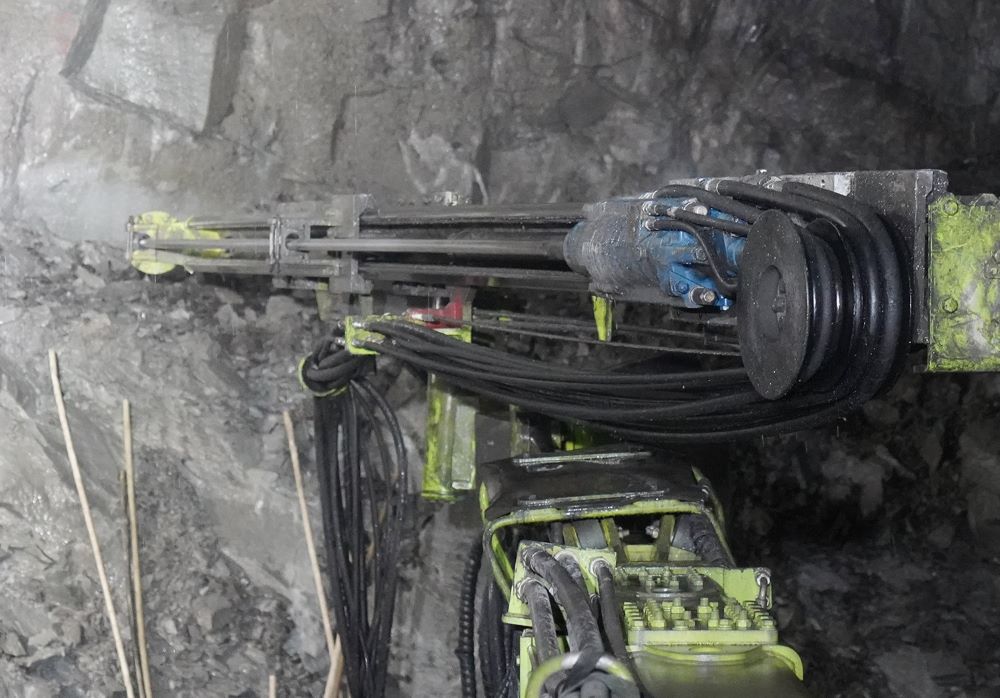blast hole drilling is a fundamental technique widely used in mining, quarrying, and large-scale construction projects. Its primary purpose is to create deep, precise holes in rock formations, which are later filled with explosives to fragment the rock for easier excavation and processing. This method plays a critical role in achieving efficient rock breakage and optimizing overall project productivity.

1、What is Blast Hole Drilling?
Blast hole drilling refers to the process of drilling holes into rock surfaces using specialized equipment such as drilling rigs, rotary drills, or down-the-hole (DTH) drills. These holes—called blast holes—are strategically positioned in a planned pattern based on the desired size of rock fragments, blasting efficiency, and safety requirements.
Once drilled, the holes are charged with explosives and detonated in a controlled sequence. This process helps break the rock into manageable sizes for transport, crushing, or further processing.
2、Applications of Blast Hole Drilling
① Mining Operations – To extract minerals such as iron ore, coal, copper, and gold.
② Quarrying – For producing aggregates, limestone, and dimension stone.
③ Construction Projects – In tunneling, dam building, road construction, and foundation work.
3、Advantages of Blast Hole Drilling
① Efficiency: Enables large-scale rock excavation with minimal manual labor.
② Cost-effectiveness: Reduces overall operational costs by improving fragmentation.
③ Precision: Controlled drilling and blasting patterns increase safety and optimize output.
Blast hole drilling remains an indispensable technique in modern mining and construction industries. By combining precision, efficiency, and scalability, it enables the effective extraction of resources and the execution of large infrastructure projects. As technology continues to evolve, blast hole drilling methods are becoming even safer, faster, and more environmentally responsible.





